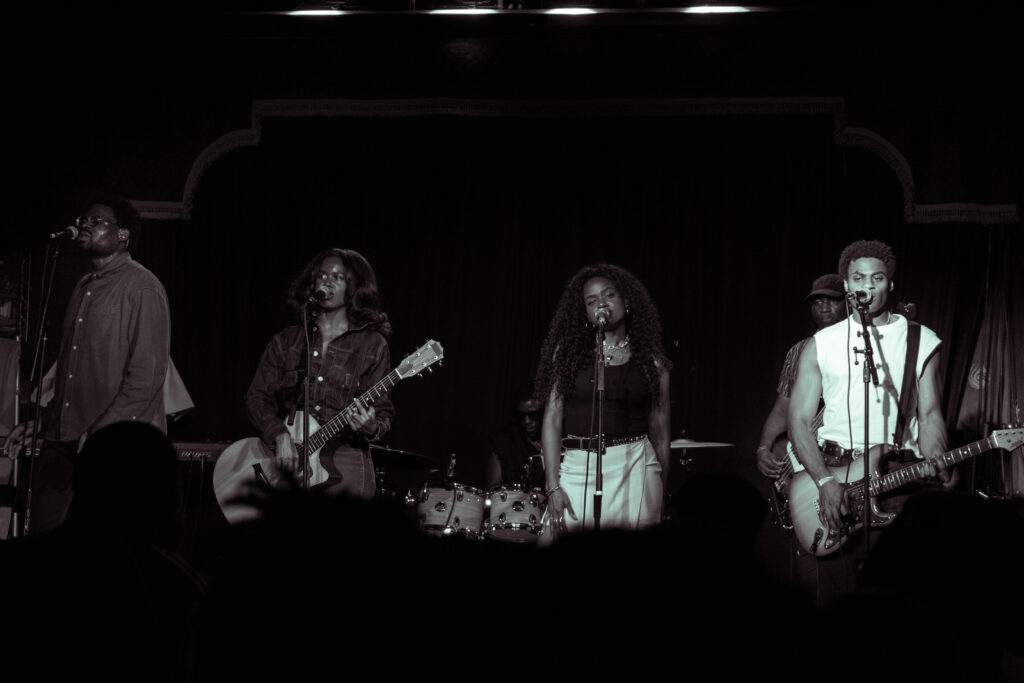Lo-Fi Music: Making it Mainstream
Written by Josselyn Tabora on November 6, 2023
If you enjoy listening to relaxing music during your study sessions, you might be familiar with Lofi Girl. Even if you don’t listen to Lofi Girl, you are probably familiar with the lo-fi aesthetic of an anime girl sitting at a desk studying next to a window with a cat. Lofi Girl is a phenomenon that catapulted this genre into the mainstream.
Although lo-fi has gained popularity recently with YouTube channels like Chillhop Music and College Music, it started out as a niche subgenre. Given its underground nature and origins, some lo-fi music producers like Grizzly Beatz have described the genre as the “sound of failure.” This might seem like a strong statement, but it makes sense once we dig into the meaning and history of the genre.
Lo-fi stands for low fidelity, meaning the music has been recorded with lower-quality equipment or is made to sound that way. This genre emerged from DIY music and tends to be produced in home studios using software like ProTools and GarageBand. Unlike higher-quality music recorded in a professional studio, lo-fi tracks often include background noises like raindrops and vinyl crackles. Lo-fi music also incorporates sampled melodies, jazz chords, low to moderate tempos and chill drumbeats. Despite differences in production and perceived quality, lo-fi music rivals high-fidelity music today.
While the origins of lo-fi music are not entirely clear, Pitchfork credited the Beach Boys with “inventing” the lo-fi sound that would later influence other artists. However, the genre as we know it today began to take shape in the 2000s with Japanese producer Nujabes. His work established the connection between anime and lo-fi, which is still present in lo-fi music album art and livestreams. Nujabes redefined lo-fi music with his soundtrack for the anime series Samurai Champloo by blending jazz and hip-hop and using slower rhythms.
Lo-fi art courtesy of Lofi Studio
The fusion of genres like jazz and hip-hop creates a chill and cool vibe that has captivated listeners who can’t seem to get enough of this genre. The universal appeal of lo-fi music has expanded to well-known artists from other genres. In October 2022, The Chainsmokers released a lo-fi version of their album So Far So Good, and recently Big Time Rush released an EP with lo-fi versions of six songs from their newest album Another Life. Other artists have sampled lo-fi songs, for example, Adele sampled Joey Pecoraro’s lo-fi track Finding Park in her album 30. The eagerness of artists to experiment with this subgenre speaks to its potential and popularity in today’s world.
Lo-fi music is accessible to audiences who want to branch out into a freeform genre. The unique sound and nostalgic feel are the primary reason for its popularity today. Additionally, this type of music is perfect for when you need background noise but don’t want to be distracted from your tasks. If you haven’t already, give lo-fi music a listen during your next study session.







